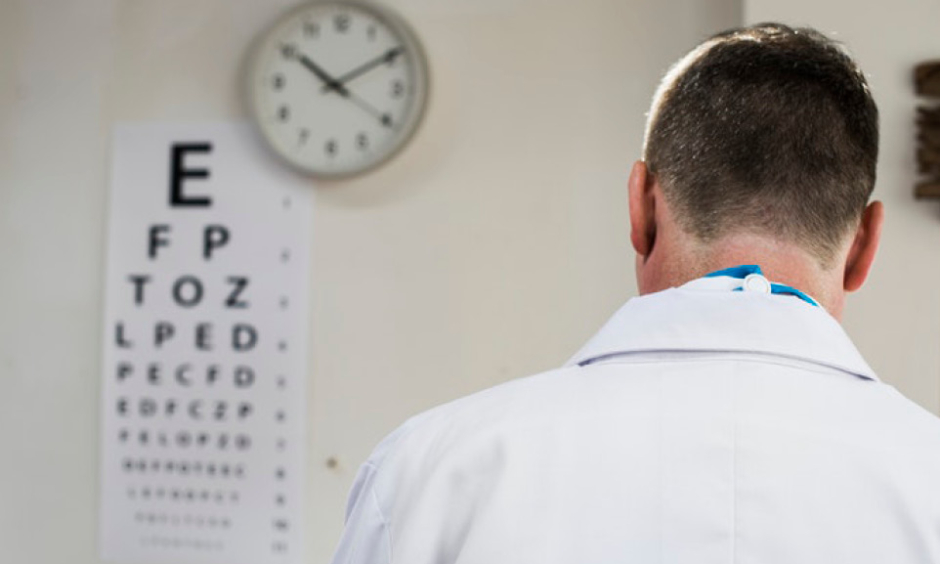SEXUAL DYSFUNCTION was one of the two major differences in quality of life (QoL) between men treated for advanced prostate cancer and those with early-stage disease. The other major difference related to the side effects of androgen deprivation therapy (ADT). This was according to the results of a UK-based study.
The study was questionnaire-based, with the researchers mailing a survey to 58,930 men who were alive 18–48 months after prostate cancer had been diagnosed. Of these men, 35,823 responded, with it being possible to determine disease stage for 30,733: 19,599 were at Stage I or II, 7,209 were at Stage III, and 3,925 were at Stage IV.
The authors noted that, based on their findings, men who were alive 18–42 months post prostate cancer diagnosis would have a similar health-related QoL to men of a similar age without prostate cancer. Such a finding makes for interesting consideration in the context of concern that prostate cancer is being overdiagnosed and then overtreated.
However, it was found that sexual dysfunction was commonly reported by men at all disease stages:
- 5% of respondents reported poor or very poor erections.
- 81% reported poor or very poor overall sexual function.
- 6% reported poor or very poor orgasm.
This was then compounded by the limited provision of sexual support in the UK, with 41.4% of study participants reporting that they were offered aids for sexual dysfunction. One of the study authors, Dr Amy Downing, University of Leeds, Leeds, UK, declared: “Our results suggest that there are subgroups of men who would benefit from service improvements around sexual rehabilitation and measures to reduce the effects of ADT.”
Considering the impact of ADT, a sub-group analysis demonstrated substantial differences between the QoL outcomes of those who received ADT and those who did not:
- 7% of those treated with ADT reported hot flushes compared with 5.4% who were not treated with ADT.
- The respective figures for weight gain were 22.5% and 6.9%.
- The respective figures for low energy were 29.4% and 14.7%.
These results provide some insight for those responsible for the management of prostate cancer into some of the issues their patients may face.








